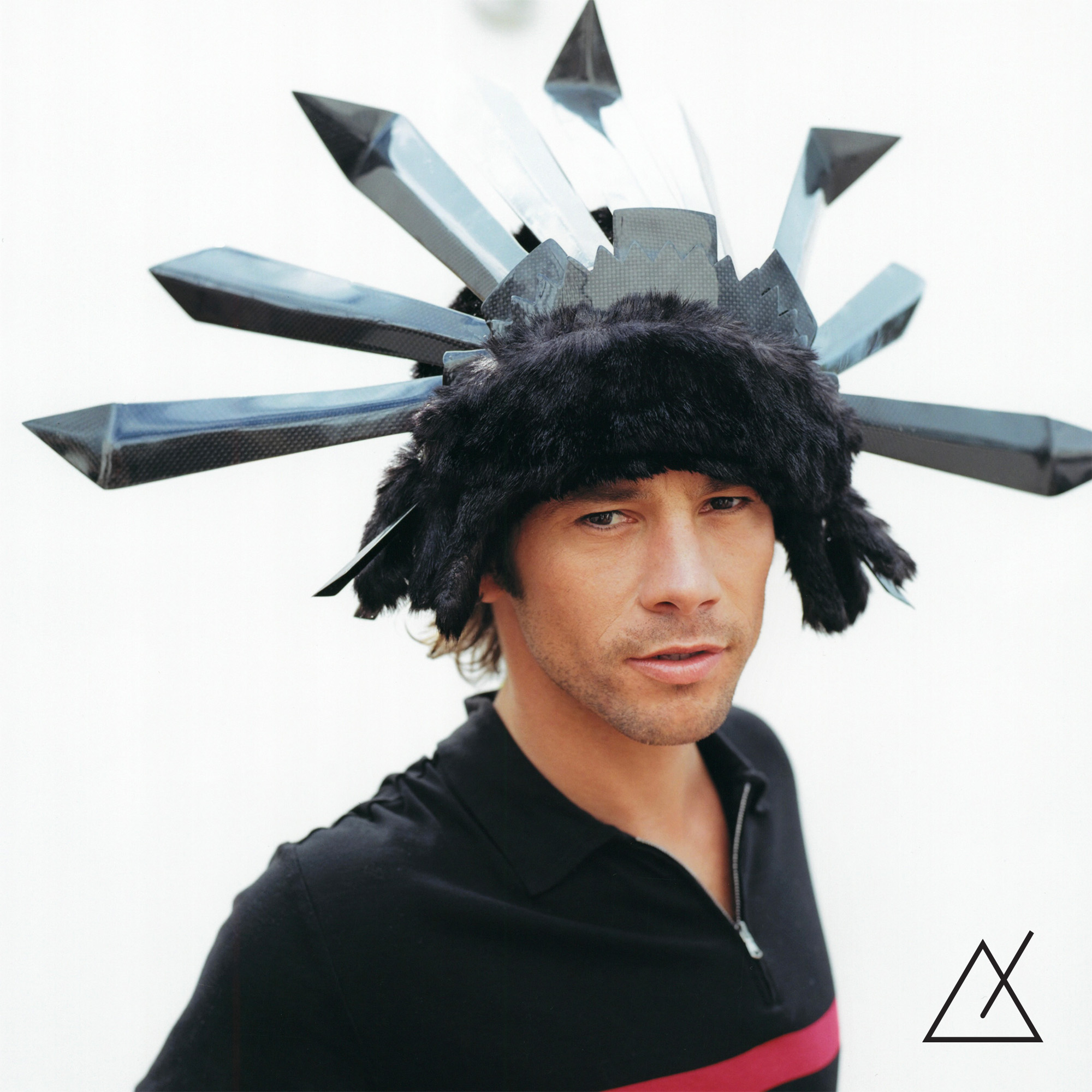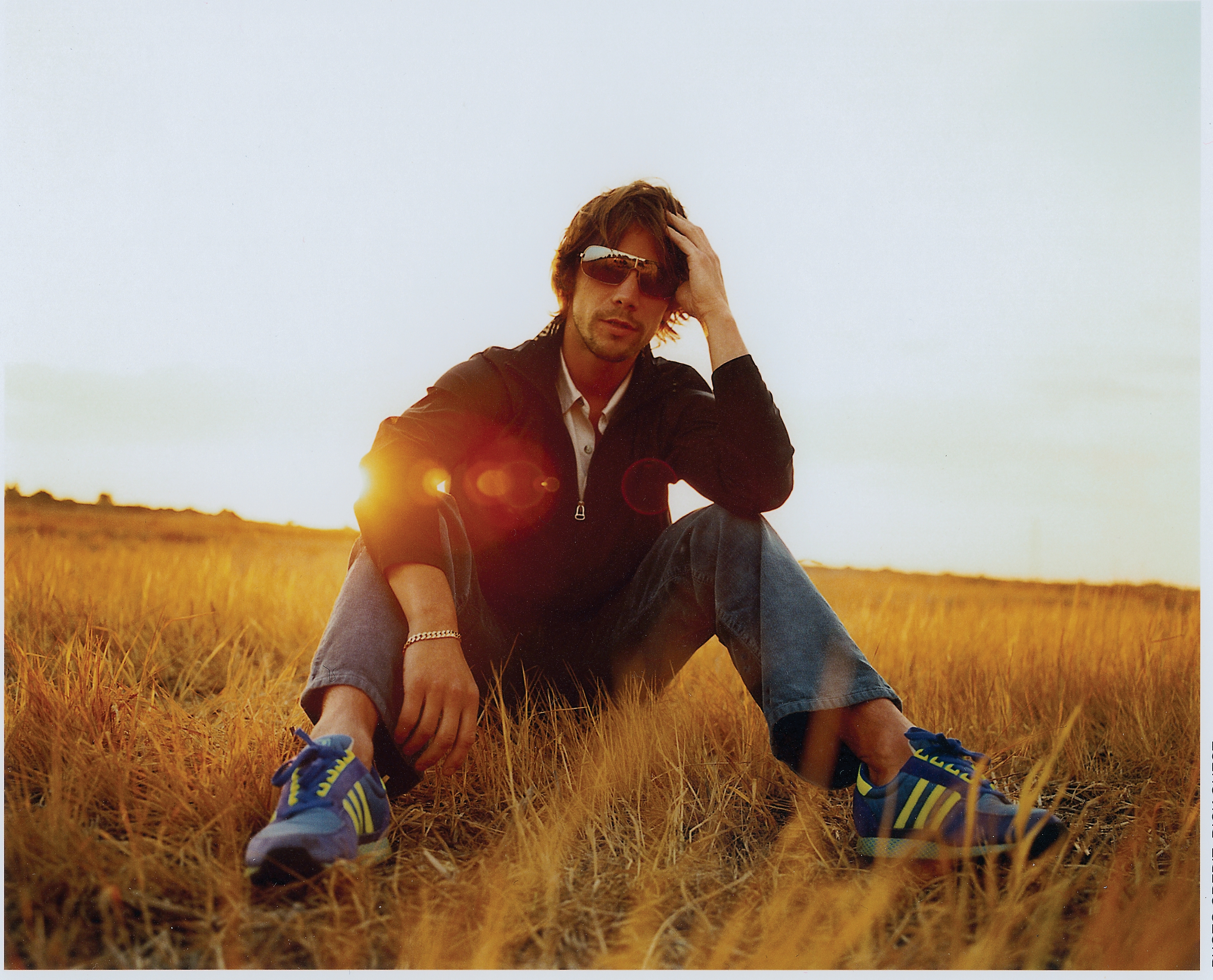American band from London. Jamiroquai broke records, now they will perform in Prague
There aren't many musical performers who can boast an entry in the Guinness Book of World Records. And England's Jamiroquai have two, quite different ones. Their 1996 album Traveling Without Moving is the best-selling funk album of all time. But that's not to counter the fact that a concert called Gig in the Sky, staged aboard a private Boeing 757 in February 2007, was given the title of Fastest Concert. The plane was travelling at 1017 kilometres per hour at the time.
But let's leave aside the bizarre, although one could write an article about the legendary concert headgear of Jamiroquai frontman Jay Kay in tens of thousands of characters - the artist uses it to refer to items of clothing worn by the Iroquois tribe of American Indians. It is the same one that gave his musical project part of its name: it is a compound of the word "jam", well-known from formally relaxed musical genres, and the name of that tribe. All of which makes perfect sense in a musical context. It was from elements of music that usually involves "jamming", such as jazz, funk or R&B, that the foundations of Jay Kay's style were pieced together. And the lyrical component of his songs was socially and environmentally attuned from the start, reflecting, among other things, the author's long-standing interest in Native American settlement and its problems.
Although Jamiroquai, who will play at Prague's Metronome festival, hail from London and have been a fixture of the music scene that has been called acid-jazz since the 1980s, and which was at its peak in the early 1990s, when the band was formed in 1992, they have actually been looking across the Atlantic all along. Sure, the Brand New Heavies or Incognito shone before them in acid jazz and closely related funk in the British Isles, but the specific roots that Jay Kay acknowledges, and which - if you're lucky enough to meet him at the Metronome Prague, for example - you'll be able to talk to him endlessly about, are in the work of American musicians shaping the seventies. First and foremost Stevie Wonder, but also Herbie Hancock, Roy Ayers, Sly Stone, the Meters, and of course James Brown. Mostly artists with one foot in funk or soul, the other usually in jazz, but most importantly: they still lead the charts of recordings used for sampling, because their killer grooves, riffs and figures just invite further processing. After all, early hip hop, which began to take shape in the Bronx, New York, in the same decade, also helped co-shape Jay Kay's musical consciousness and perception.
Memorists will recall what a shock Jamiroquai's emergence was in the 1990s, especially after 1994's The Return of the Space Cowboy and, two years later, the aforementioned record Travelling Without Moving, whose success was bolstered by the phenomenal success of the Virtual Insanity music video. On the one hand, the distorted guitars of the grungers were still raging in one's ears, on the other hand, a significant part of the scene claimed that live music had definitely died and that it would only dance to electronic rhythms and sounds. And into this came a band that started selling millions of records (yes, they were still going then) with a very clever, if dated, reskinned model of the previous decade's music, with an almost theatrical approach to their shows, with other musical influences, including ethnic ones, brought to the music by Australian didgeridoo in particular. It was incredibly refreshing.
Nowadays, when Jamiroquai are actually veterans of the intelligent mainstream music scene (they celebrated their 30th anniversary last year), their fame has by no means faded, even their most recent album so far, Automaton, in 2017, was in the Top 5 of most of the relevant global charts. And just as they have referred to their predecessors with reverence, they are now often held up as role models for musicians of the younger generation.
The iconic Jamiroquai will perform at Metronome Prague at the Prague Exhibition Centre on Thursday 22 June. And tickets are still available!

